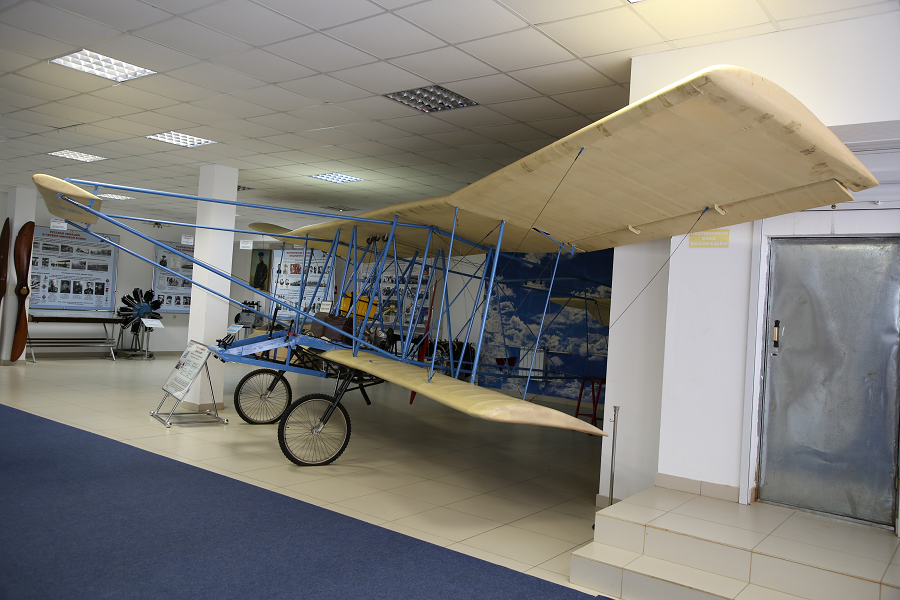The Farman IV: trainer aircraft from 1909
Farman Aviation Works (French: Avions Farman) was a French aircraft company founded and run by the brothers Richard, Henri, and Maurice Farman. They designed and constructed aircraft and engines from 1908 until 1936; during the French nationalization and rationalization of its aeronautical industry, Farman’s assets were assigned to the Société Nationale de Constructions Aéronautiques du Centre (SNCAC).
In 1941 the Farman brothers reestablished the firm as the “Société Anonyme des Usines Farman” (SAUF), but only three years later it was absorbed by Sud-Ouest. Maurice’s son, Marcel Farman, reestablished the SAUF in 1952, but his effort proved unsuccessful and the firm was dissolved in 1956.
The Farman brothers designed and built more than 200 types of aircraft between 1908 and 1941. They also built cars until 1931 and boats until 1930.
In 1907, Henri Farman bought his first aircraft from Gabriel Voisin and soon began to improve the design of the aircraft; as a result it was known as either Farman I or Voisin-Farman I. In 1908, after further modifications which included re-covering it with Continental rubberized fabric and the addition of side-curtains, the aircraft was re-designated Farman I-bis. Ailerons were fitted after Wilbur Wright’s flying demonstration at Le Mans in August 1908.
A second aircraft, to be called Farman II, was built by the Voisin brothers incorporating design refinements to Farman’s specification. Voisin sold this aircraft to J.T.C. Moore-Brabazon, who exported it to England, where it was renamed the Bird of Passage. This episode angered Farman, who in early 1909 ended his association with Voisin and started building his own aircraft.











